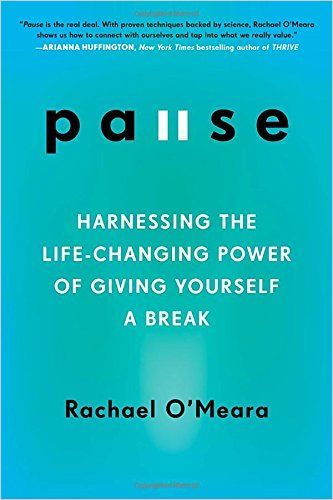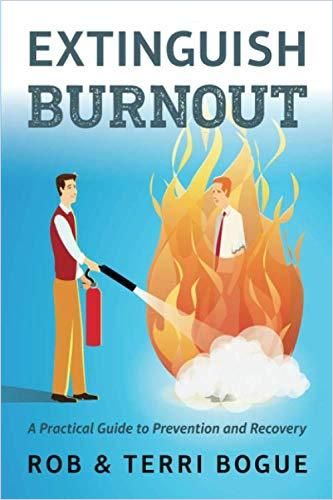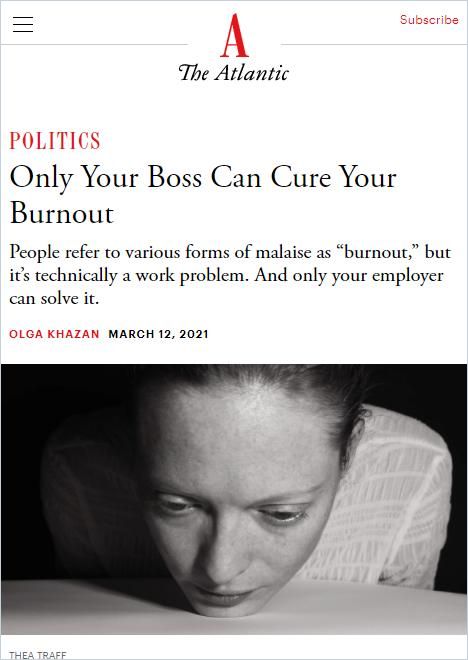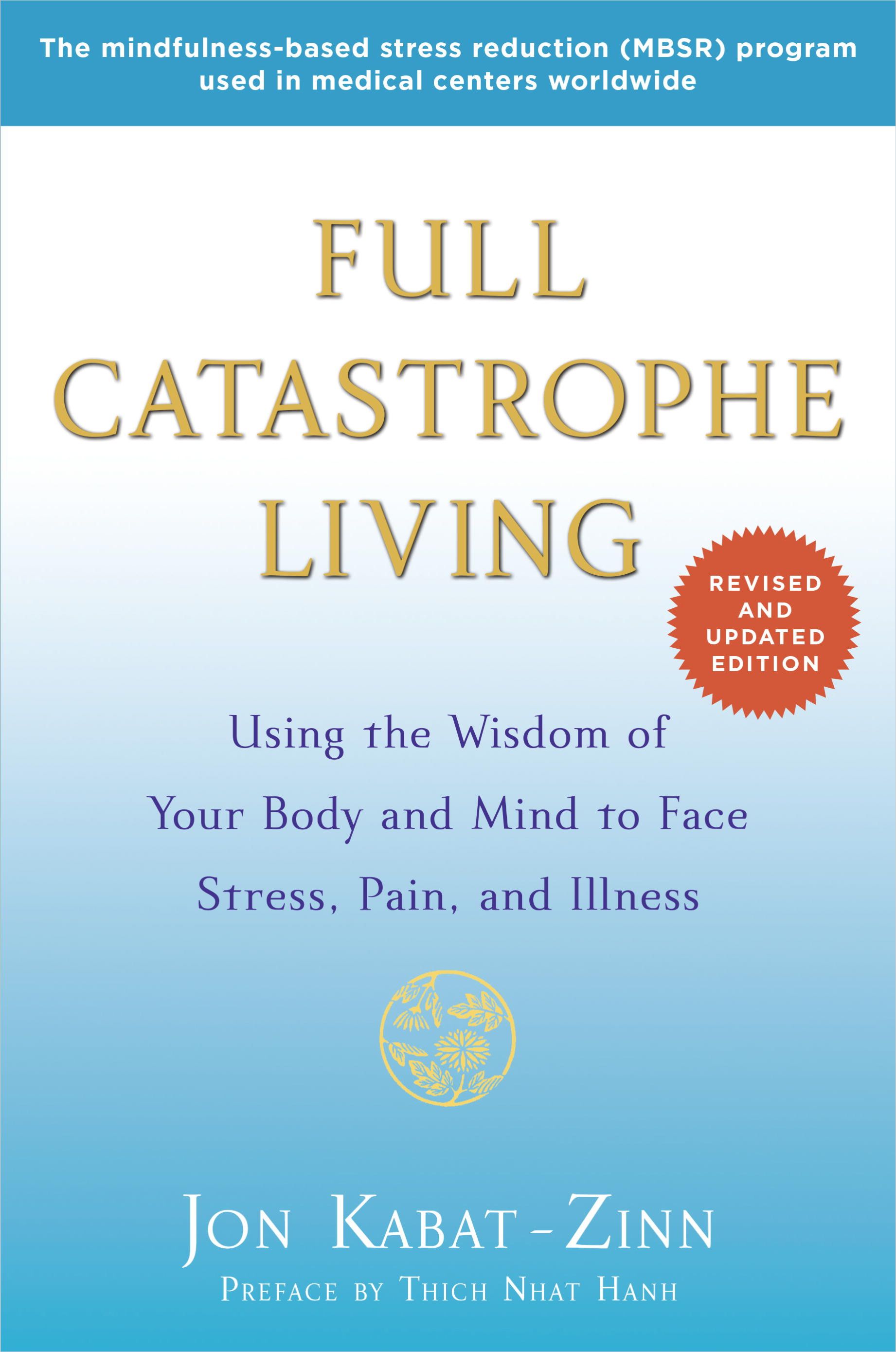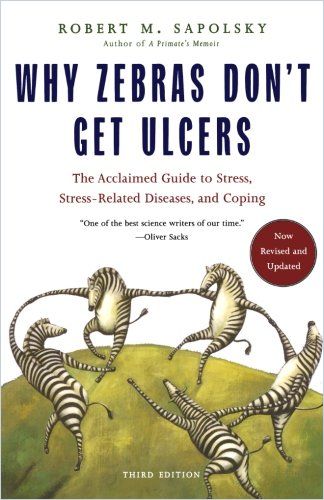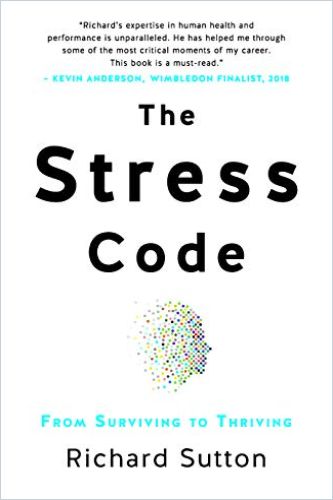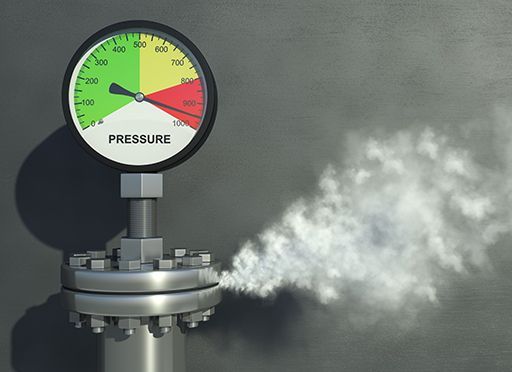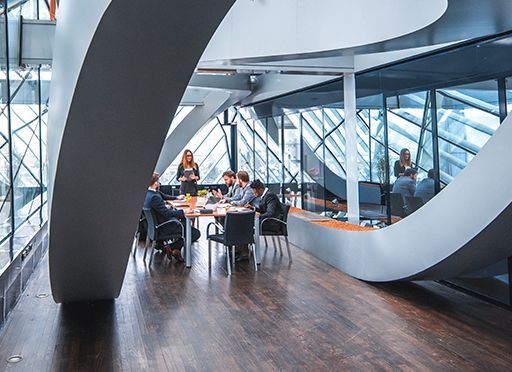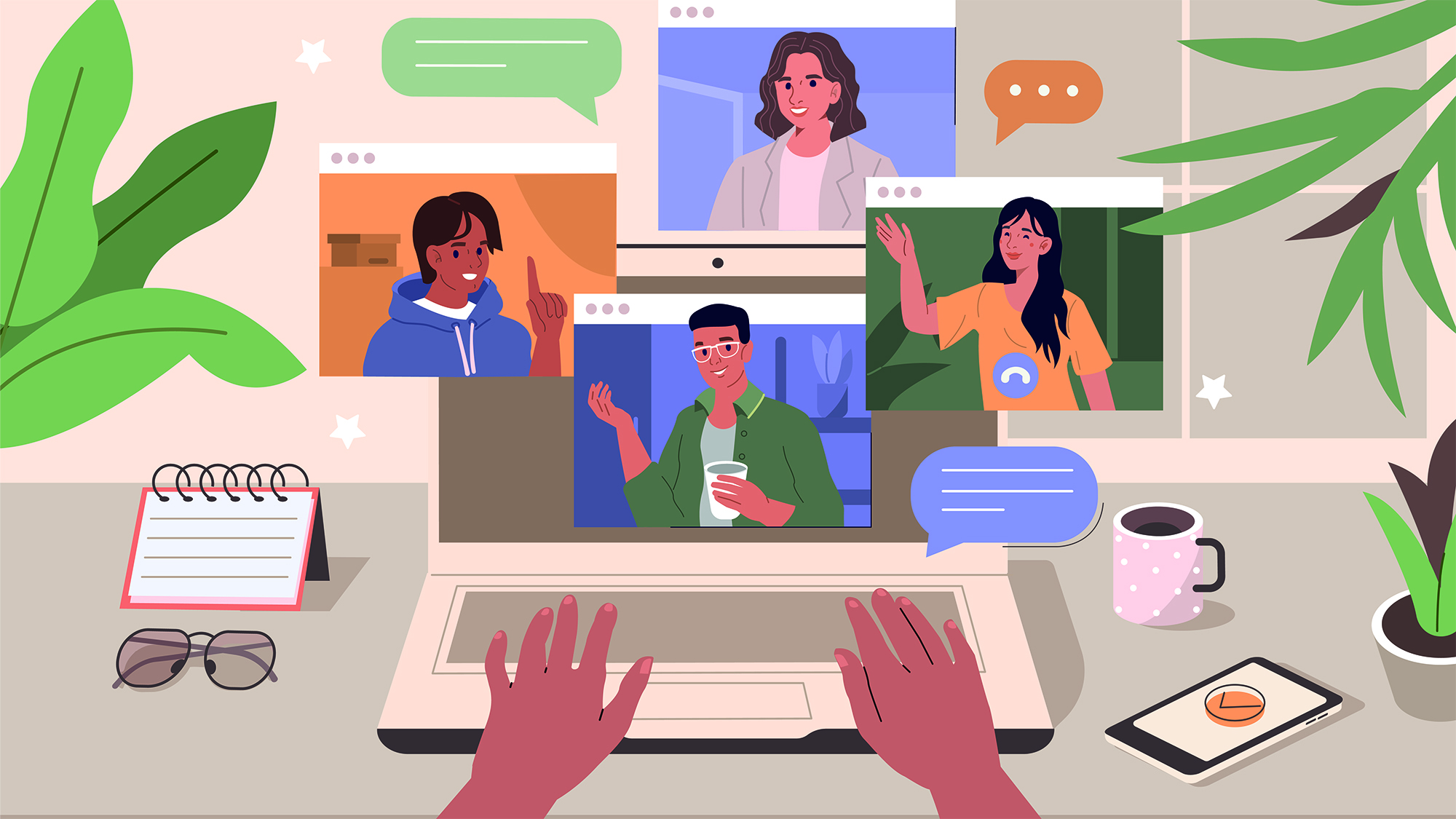Virtual Meeting Marathons Make You Sick

We’ve all been there: While you’re still in one meeting, the calendar request for the next one rolls in – and that meeting would be straight after the first one. The first? Actually, it’s the fourth in a row!
If you feel bad now, you have every reason to: First of all, our brains are not made for jumping from one thing to the next with constant focus. And secondly, recent Microsoft research has shown that they are not made for jumping from one virtual meeting to the next either.
On the contrary: Microsoft researchers studied the brain activity of people who were in back-to-back meetings – and those who had some time in between. The first group showed worrying developments: Their average activity of beta waves – those associated with stress – increased over time, and the stress kept accumulating, sometimes skyrocketing. Over a longer period of time, the consequences are a loss of ability to focus, increased frustration, fatigue – and even burnout.
The good news, however, is that the researchers have also found out what can break this vicious circle. Since the second group of test persons showed no such worrying brain activity, the antidote to meeting fatigue seems very simple: taking short breaks.
Our research shows breaks are important, not just to make us less exhausted by the end of the day, but to actually improve our ability to focus and engage while in those meetings.
Michael Bohan, senior director of Microsoft’s Human Factors Engineering group
Microsoft is therefore introducing some new features: From shorter standard meetings to break notifications, Outlook and Teams will offer new ways to shorten meeting marathons or at least provide buffer time.
The back-to-back meetings that have become the norm over the last 12 months just aren’t sustainable. Outlook and Microsoft Teams are used by millions of people around the world, and this small change can help customers develop new cultural norms and improve well-being for everyone.
Jared Spataro, CVP, Microsoft 365
What Can You Do to Prevent Meeting Fatigue?
- Reduce meeting times where possible – but not at the expense of social interaction.
- Build in enough buffer time in between meetings.
- Use these buffer times for a relaxing break (i.e., not for further meetings, preparations, social media, etc.).
- Tell your colleagues about the Microsoft study (if appropriate, simply forward this article to them).
At this point, we’ve picked out the best books on “taking breaks” so you know how important those little moments of rest really are, and how to integrate them – beyond the support of tech tools – into your workday to stay healthy and alert.
For starters, here are the key Take-Aways from Full Catastrophe Living:
- You can reduce stress and promote greater well-being by taking a few moments to practice mindfulness meditation formally, at home or on the job.
- To do this, take a few moments to become aware of your breathing, and let whatever thoughts arise come and go in your mind.
- The key point is to “befriend” your own awareness and learn to inhabit it with calmness, stability and openness.
- You can calm down by becoming aware of your breathing and feeling it move into your belly, as you ”ride the waves” of both the in-breath and the out-breath.
- You can cultivate mindfulness in this way while walking, sitting or lying down.
Read more about the topic on our Resilience page:
